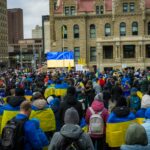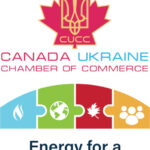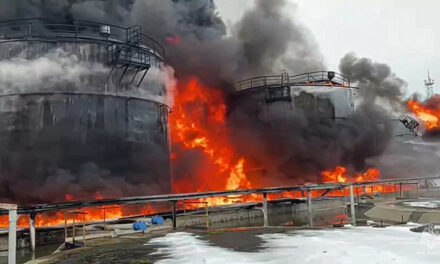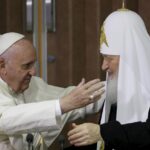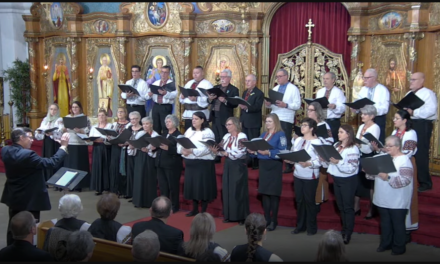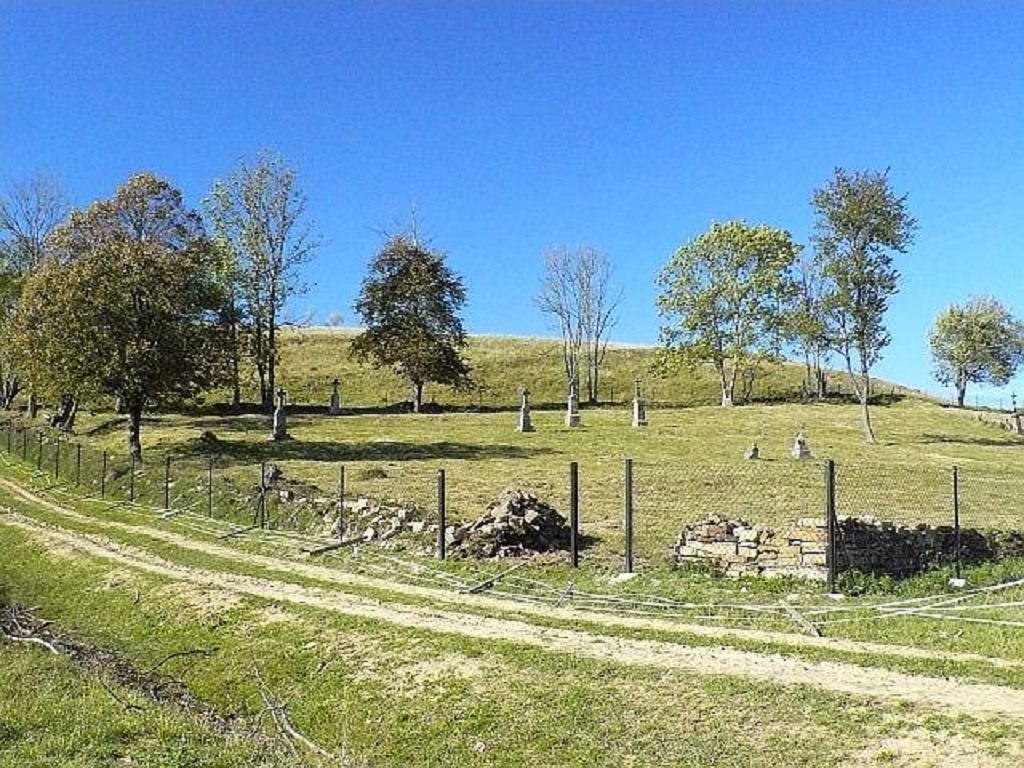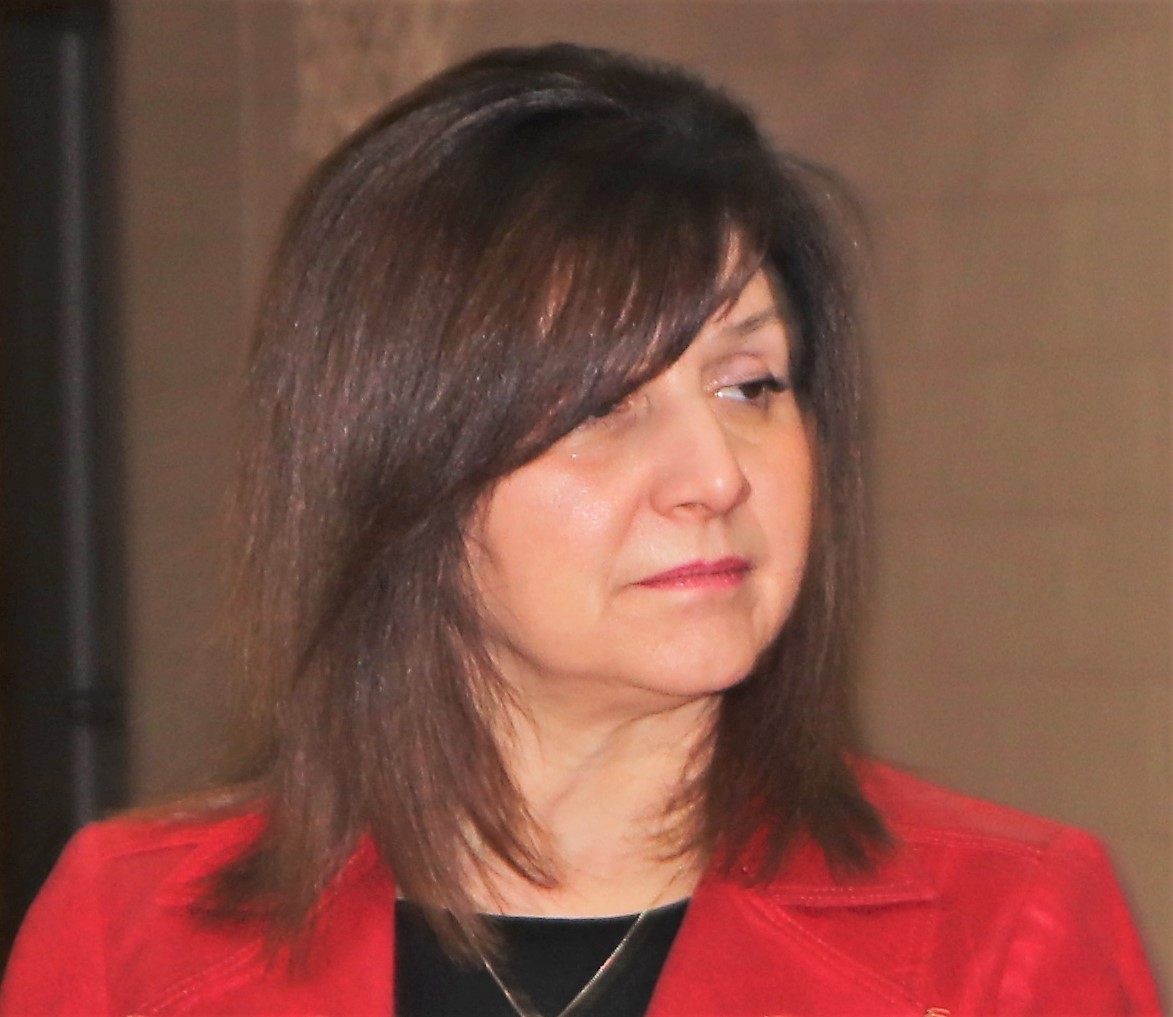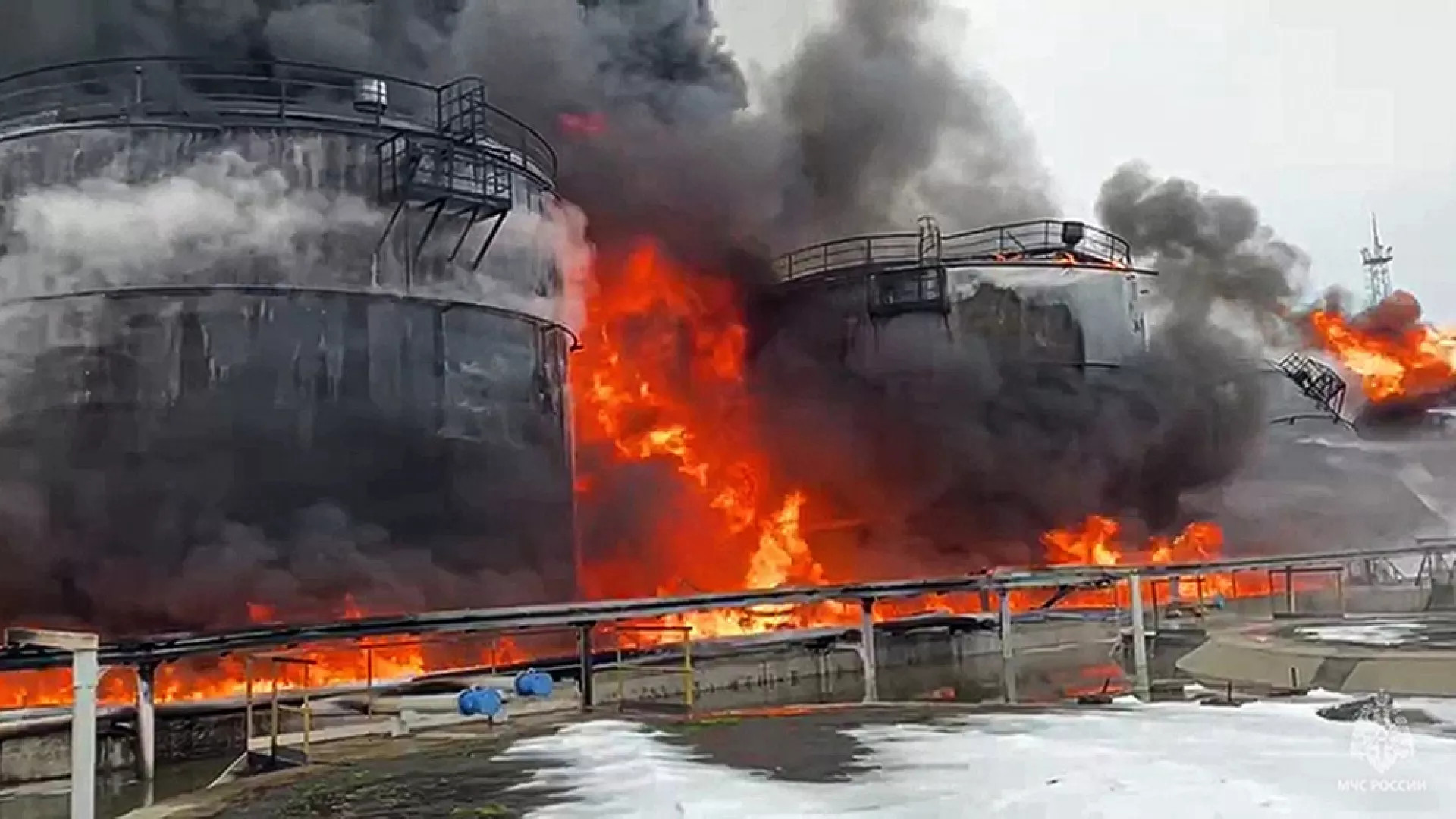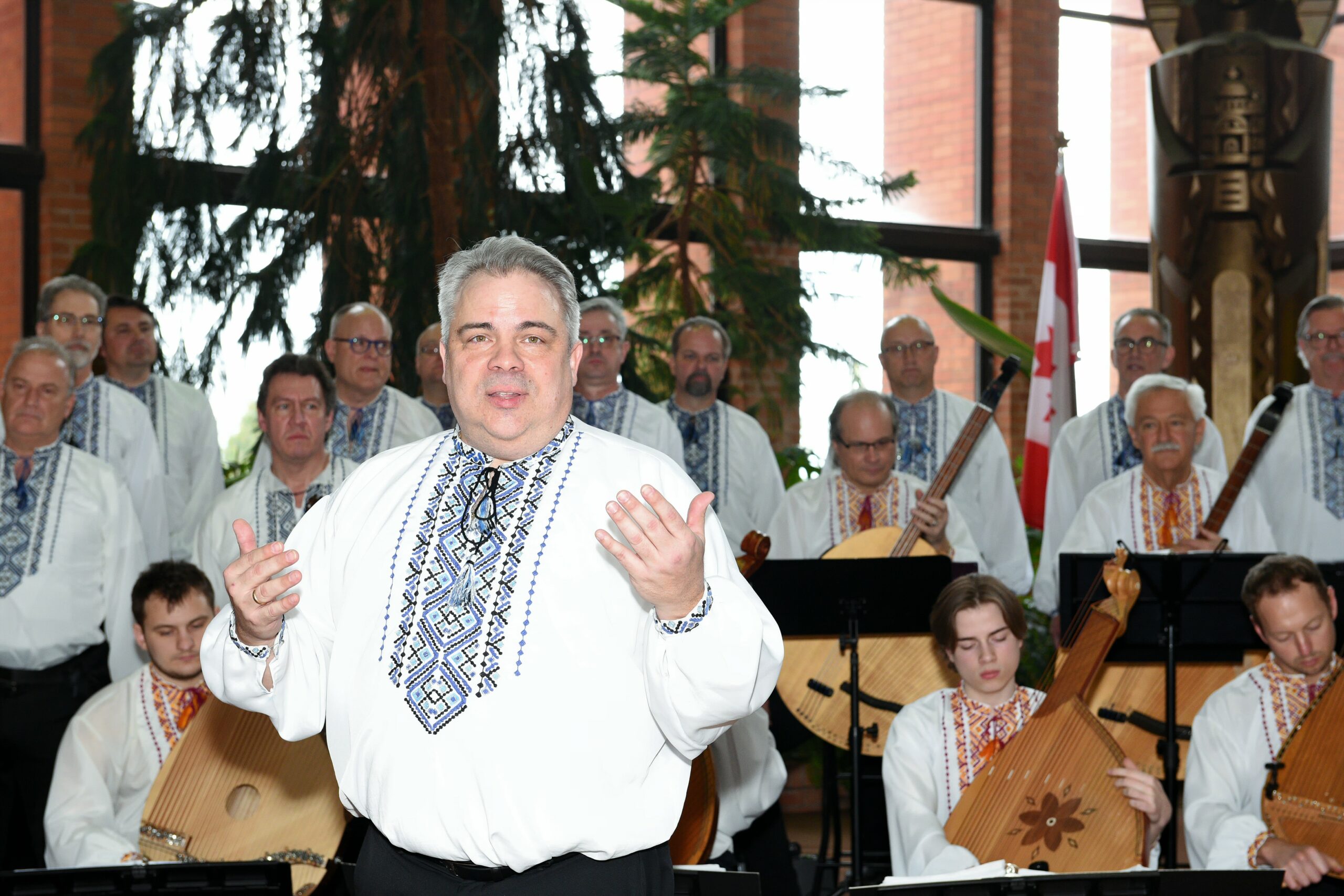Iris Sopinka for New Pathway, Toronto.
Two Ukrainian Canadians of Lemko descent, my cousin Dianna Melnyk and I started up a project six years ago to save the cemetery in our parents’ village in Czystohorb, Lemkivshchyna. After World War II it became a part of Poland. The Lemkos were forced out of their ancestral homes and told to resettle in Ukraine.
Seventy years of neglect and abuse had ruined the once beautiful landscape. The few monuments, which were still standing, needed cleaning and repair and the wire fence, which was once there, had rusted and fallen to the ground, removing the boundary between the cemetery and the neighbor’s farm. We decided to save the cemetery.
Fast forward, six years later, the cemetery has a new, black coated wire fence around it, about 300 meters in length covering a large piece of land. The nine monuments from the early twentieth century have been cleaned so that the inscription on the stone can be read. A special Lemko cross made of sandstone is being made and on it, there will be a granite plaque that bares the names of the villagers who were deported in 1945-47 to Ukraine. An attractive gate marks the entrance to the cemetery grounds for the families of the villagers and the local residents who have come for the blessing of the cemetery.
On July 25, 2016, three Ukrainian Catholic priests, Fr. Andrij Zhurav from Komancha, Fr. Ivan Maykovich from Lviv and Fr. Bohdan Bisko performed the blessing of the cemetery in Czystohorb. Thirty some people attended the ceremony. The Kadylak family, the first family to hold the keys to the village, had relatives from Toronto, Germany and Ukraine attending. Dianna Melnyk from Toronto and her cousin Viktor Feshanych, from Lviv were present. Olya Polansky – Malij from Peremyshl, Poland and her sister and family from Lviv were there as well as myself, Orysia Sopinka, representing the Wakeriak family. These were well respected families in Czystohorb who took turns running the town’s business as well as looking after the church, school and reading room. My Aunt Julia Wakeriak from Strij, Ukraine, had intentions of coming with her daughter Maria but became ill a week before the ceremony and could not travel. Cemetery renovators and members of the Association for the Heritage of Carpathian Minorities, Peter and Eva Bryla, came from Zahiria. Other notable persons present were Pani Huk, mother of author, journalist Bohdan Huk and the rest were Fr. Andrij’s parishoners from Komancha and Schawne.
The program started off with Fr. Andrij pointing out that there were still hundreds of cemeteries in Lemkivshchyna that needed attention and in order for them to be renovated requires a lot of money and caring people. He mentioned the fact that genealogy research had inspired us to start the cemetery project and that his church library in Komancha had provided us with valuable information about ancestry. He added that the archives in Sanok and Peremyshl also held valuable information about family documents, Lemko villages and their forced departure.
Slawka Kadylak spoke about the time when the church burned down in February of 1945. St. Michael the Archangel Church had been newly varnished and unfortunately, the cinders from the censer fell onto the floor. She and another child had just been baptized in the church and had arrived home when suddenly their parents noticed a fire raging where the church was. The wooden church burned to the ground rapidly as the villagers stood watching. Today, the attendants could still see the foundation of the church that had survived as well as a baptismal font and a Lemko gravestone with the inscription Maykovich on it beside the church foundation.
Eva Bryla highlighted the fact that Czystohorb was an vibrant farming town in the Lower Beskids that had just under 1,000 inhabitants before the deportations started. The granite plaque with the names of the Lemko families will testify to their contribution to community life and the development of agriculture in the town before 1945. She also pointed out that this project reflects the responsible character of the families whose descendants took a strong interest in saving the cemetery and thanked them.
In conclusion, I thanked Father Andrij, on behalf of everyone present, for organizing the event and for inviting us all to a mini BBQ of sausages and buns. Out the of blue, four women stood at the entrance gate and started singing Ukrainian Partisan songs in a strong, bilij holos. Wasn’t the UPA one of the reasons for the ethnic cleansing of my ancestors? Could it be that the fifty soldiers buried under the huge earthen mound in the north end of the cemetery are our boys from the UPA? People started to mingle, families started to get reacquainted and the spirits of our ancestors joined us. They were happy because we came back to their village to remember the times when Lemkivshchyna was in full bloom and they were very proud of the work that had been accomplished in the cemetery.
Share on Social Media




